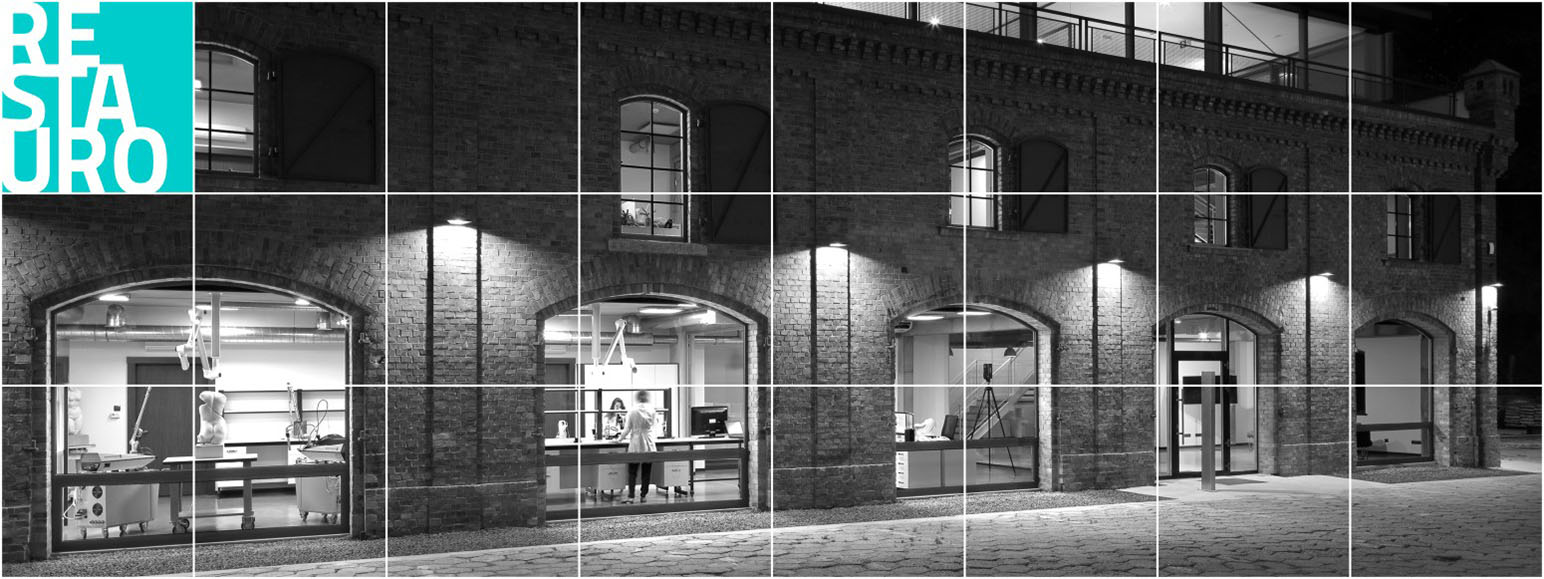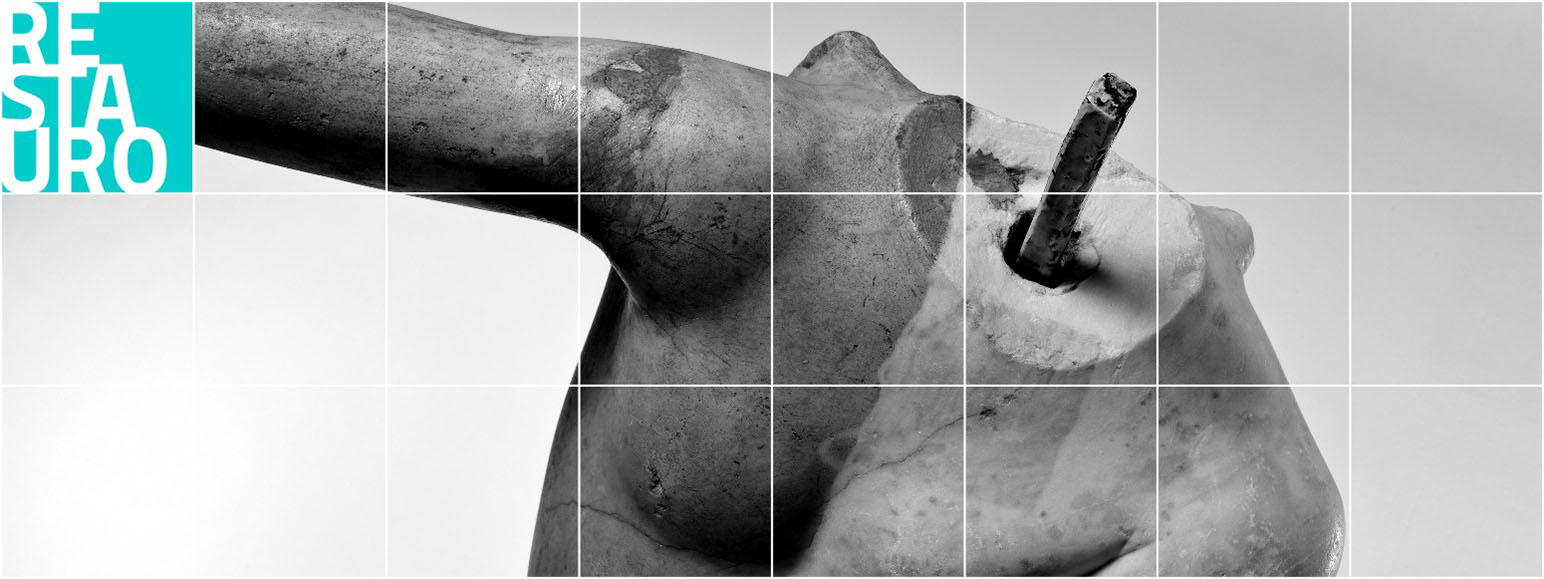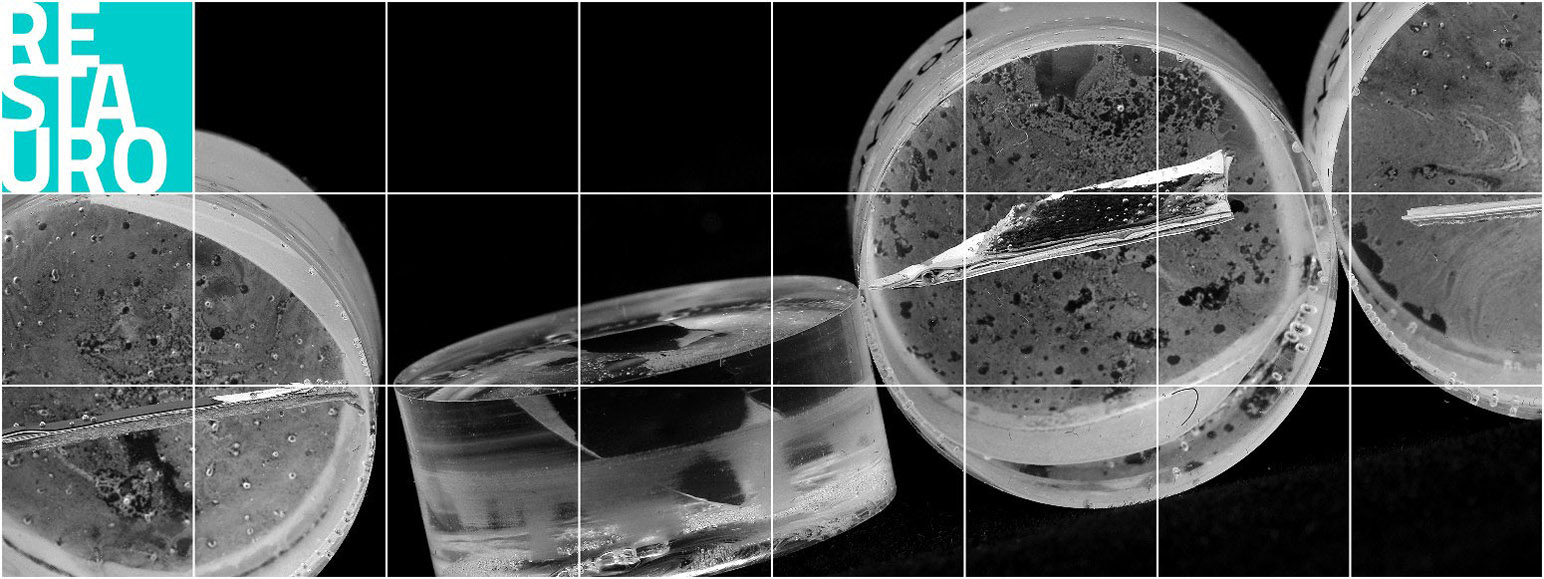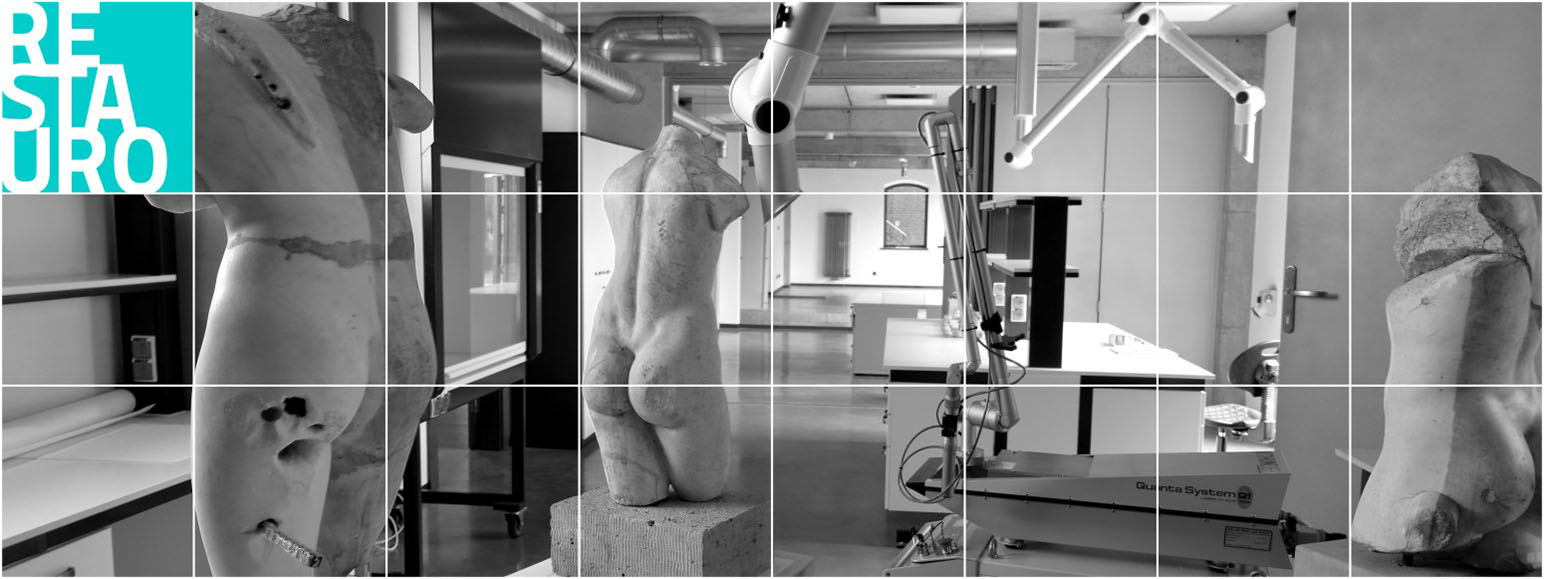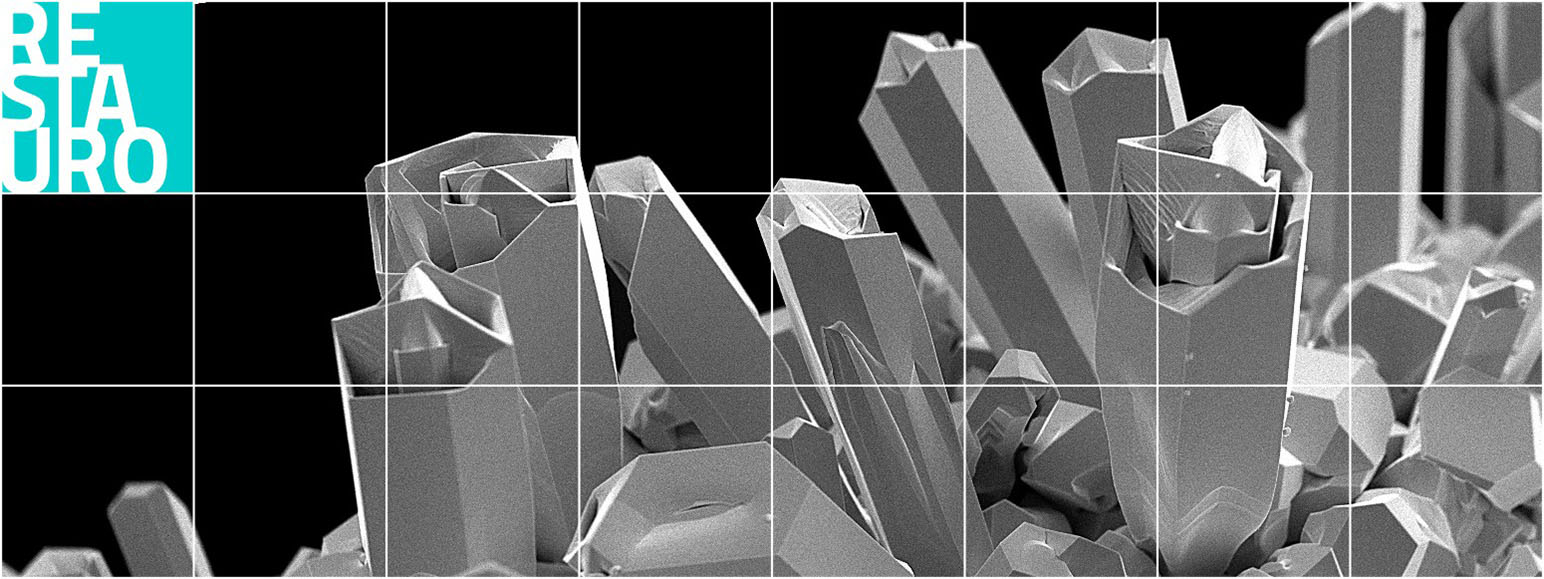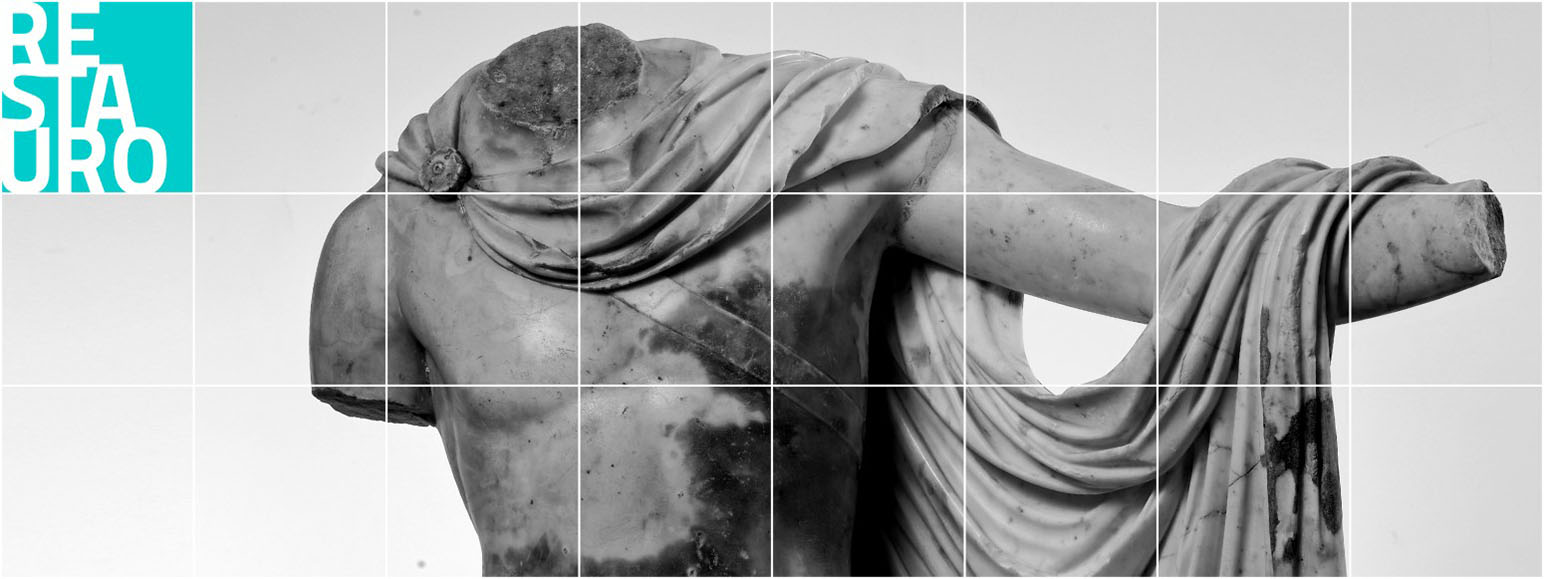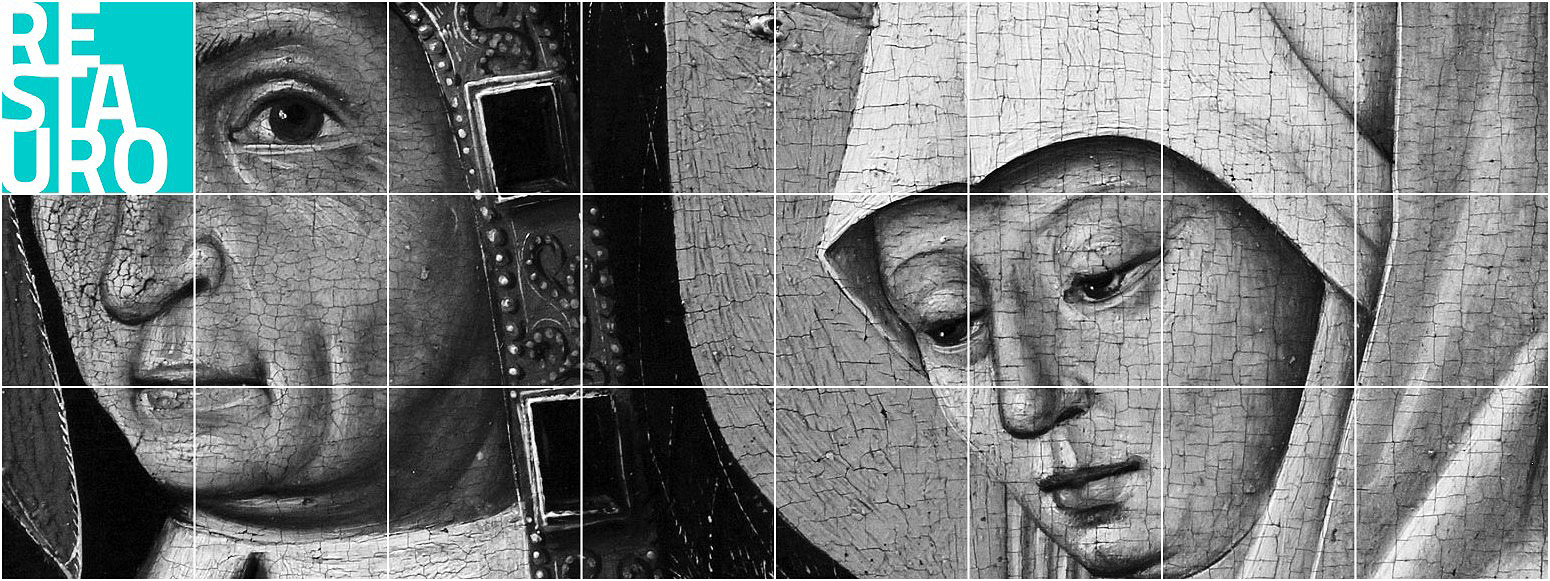WORKSHOP DESCRIPTION
New consolidation methods for materials with a lime binder (2 days)
Modern research into new methods of consolidating and reinforcing mineral materials has yielded a whole new family of agents based on innovative calcium hydroxide, known as nanolime. With their application, many difficult conservation problems, e.g. granular disintegration, can be solved more effectively than in the past.
During the workshop, you will discuss basic issues regarding destruction mechanisms in natural stones and mortars. You will also learn about the properties of nanolime and of a range of derivative agents. The trainer will rely on case studies to show you where nanolime-based materials are most effective.
Workshop participants will each have an opportunity to personally carry out a series of treatment procedures, using nanolime-based materials.
Trainer: Małgorzata Dobrzyńska-Musiela
Number of participants: 4–8
Laser applications in heritage conservation (2 days)
The purpose of this training is to demonstrate how laser radiation can be applied to treat the surfaces of historic objects. You will learn what laser radiation is, what the cleaning mechanism consists in, how to prepare an object for laser cleaning and how to set up a laser system. The trainer will rely on case studies to show you the full spectrum of possibilities opened up by this method. A large part of the training will be dedicated to practice, during which participants will use laser to clean samples and also historic objects they bring with them.
Trainer: dr Mirosław Sawczak
Number of participants: 4-8
Gilding methods (3 days)
The workshop is dedicated to presenting in theory and in practice historical and modern gilding methods. Its purpose is to educate heritage conservators, museum employees, art historians and construction site supervisors on gilded objects with regard to identifying gilding methods and assessing the condition of historic gilding. By developing you competence in this field, you will enhance your ability to design correct heritage conservation treatment programs and deepen you sensitivity to aesthetic aspects of treating gilded objects.
The workshop will cover:
- Correct gilding methods terminology, including its application
- Historical and modern gilding materials and tools
- Properties of traditional and synthetic materials
- Criteria for identifying various gilding methods applied to various substrates
- Traditional and modern gilding trials based on process analysis, including preparing the substrate for gilding, insulating the substrate, application of a selected method, application of selected metal or metal-imitating foil or powder, assessment and adjustment of degree of gloss with respect to the condition of gilding on historic objects, preserving the historic value of a given object after applying fillings and reconstruction
- Evaluation of applicability, degree of gloss and durability.
Trainer: dr Katarzyna Wantuch-Jarkiewicz
Number of participants: 4-8

